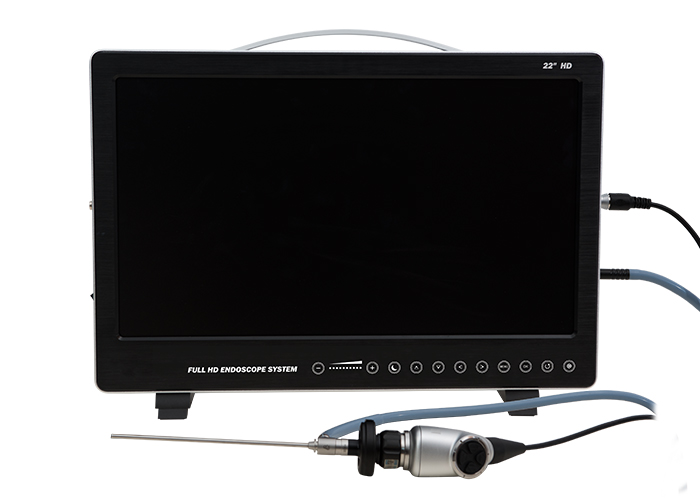Laparoscopy technology has the characteristics of less trauma, accurate diagnosis and rapid recovery. In the clinical diagnosis and treatment of small animals, veterinary laparoscopy is not only used as a diagnosis tool, but is now more used in minimally invasive surgery. The application of laparoscopic technology in small animals mainly includes the application in biopsy, the application in the digestive system, the application in the urinary system and the application in the reproductive system.
1. Application in biopsy
Laparoscopic biopsy technology can clearly and comprehensively observe the examined organs, has less stress response to the body, fewer postoperative complications, and avoids secondary biopsy, which improves the accuracy of diagnosing diseases. Liver, kidney, pancreas and intestinal biopsy of small animals such as dogs and cats.
2. Application in the digestive system
Laparoscopy can be used to perform gastrointestinal surgery, such as laparoscopic gastrointestinal surgery in dogs and cats, laparoscopic gastric fixation, pyloroplasty, partial colectomy, etc.
(1) Gastric fixation: Laparoscopic gastric fixation is used for the preventive surgical treatment of gastric dilatation and torsion. Laparoscopic-assisted gastric fixation will not distort the normal anatomical position of the stomach and form between the stomach and the abdominal wall. Strong fiber adhesion. Laparoscopic gastric fixation can completely replace laparotomy, which can reduce the trauma to small animals and can quickly recover.
(2) Partial colon resection: Partial colon resection is suitable for extensive trauma of the colon and colon tumors.
3. Application in the urinary system
(1) Bladder surgery: After perineal hernia repair, the bladder and rectal supporting ligaments often rupture, causing rectal prolapse and bladder turnover, showing symptoms such as difficulty in urination and rectal prolapse. Bladder fixation is an effective method to treat bladder turnover. Implementation of bladder fixation combined with colon fixation, the torsion of the bladder no longer occurs after the operation. In addition, cystourethroplasty can be used to treat type III stress urinary incontinence.
(2) Kidney surgery: Hand-assisted laparoscopic nephrectomy is simple and rapid, and is considered to be a method of rapid and safe removal of intact organs.
4. Application in the reproductive system
(1) Ovarian hysterectomy: The advantages of minimally invasive surgery are gradually recognized. Laparoscopic sterilization of dogs and cats is becoming popular. Laparoscopic ovarian hysterectomy and oophorectomy for dogs and cats are compared with open sterilization. The pain is small and can quickly return to normal.
(2) Cryptorchidectomy: Cryptorchidectomy is often used to treat cryptorchidism and testicular tumors; laparoscopic assisted technology can be used to locate and remove cryptorchidism in dogs and cats, and laparoscopic assisted technology can successfully remove cryptorchidism. Laparoscopic-assisted cryptorchiectomy is safe and feasible, with good visibility to the abdominal cavity and little trauma.
5. Application in other organs
The application of laparoscopic techniques in other organs such as the gallbladder, adrenal glands, spleen, liver, etc.
Summary: Common laparoscopic surgeries for small animals include cryptorchidism, ovarian hysterectomy, and preventive gastric fixation. Other laparoscopic operations include bladder examination, jejunum or gastrostomy tube placement, abdominal drainage tube placement, gastric foreign body removal and adrenal gland resection. Laparoscopy can also be used for embryo transplantation of sheep and other animals.
YIKEDA veterinary laparoscope configuration:
1. Laparoscopy
2. Endoscope camera system
3. Cold light source
4. Insufflator
5. Flush the suction pump
6. Medical displays
7. Surgical instruments
